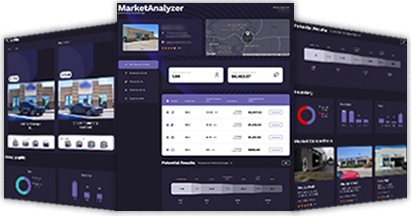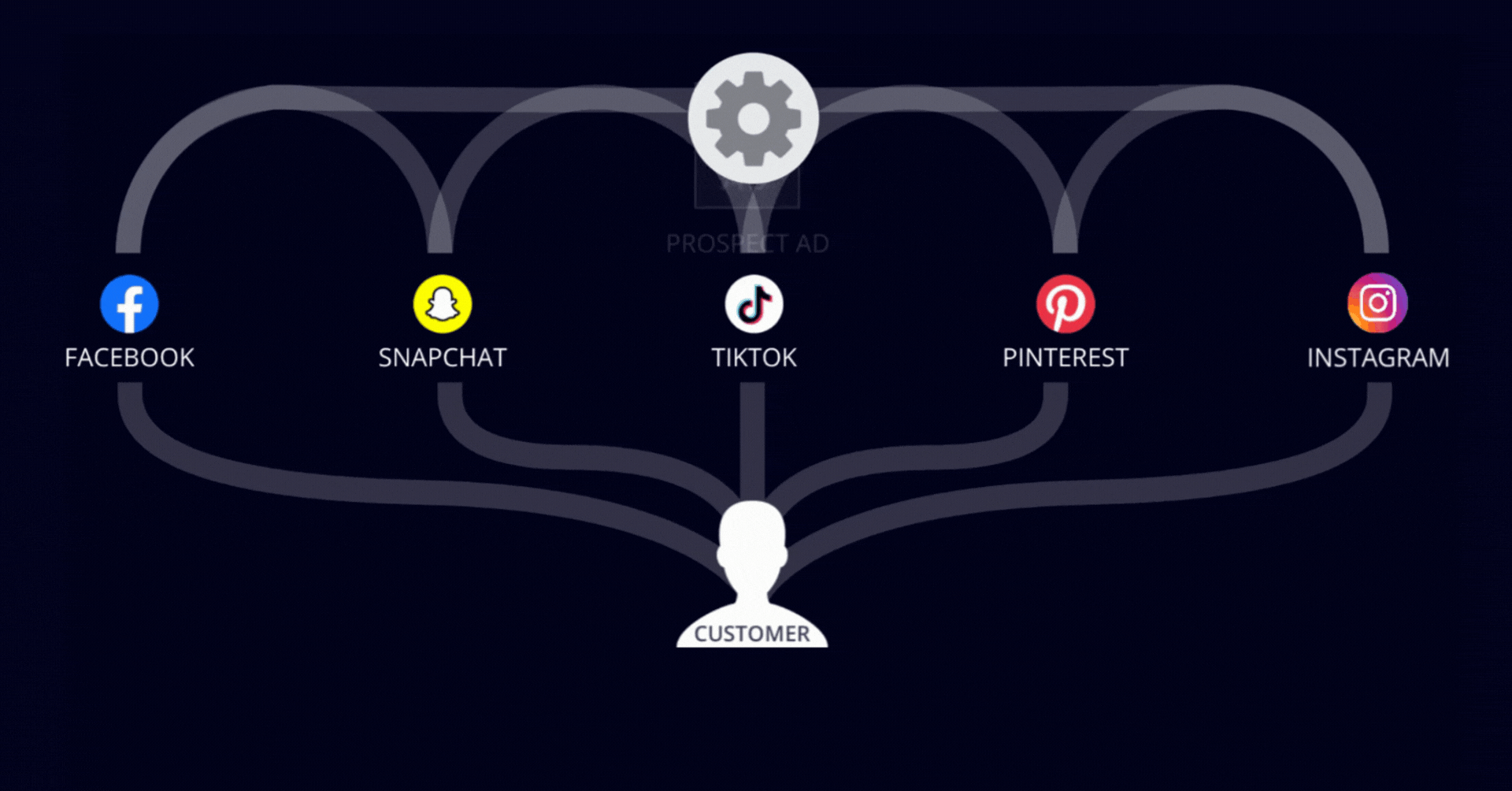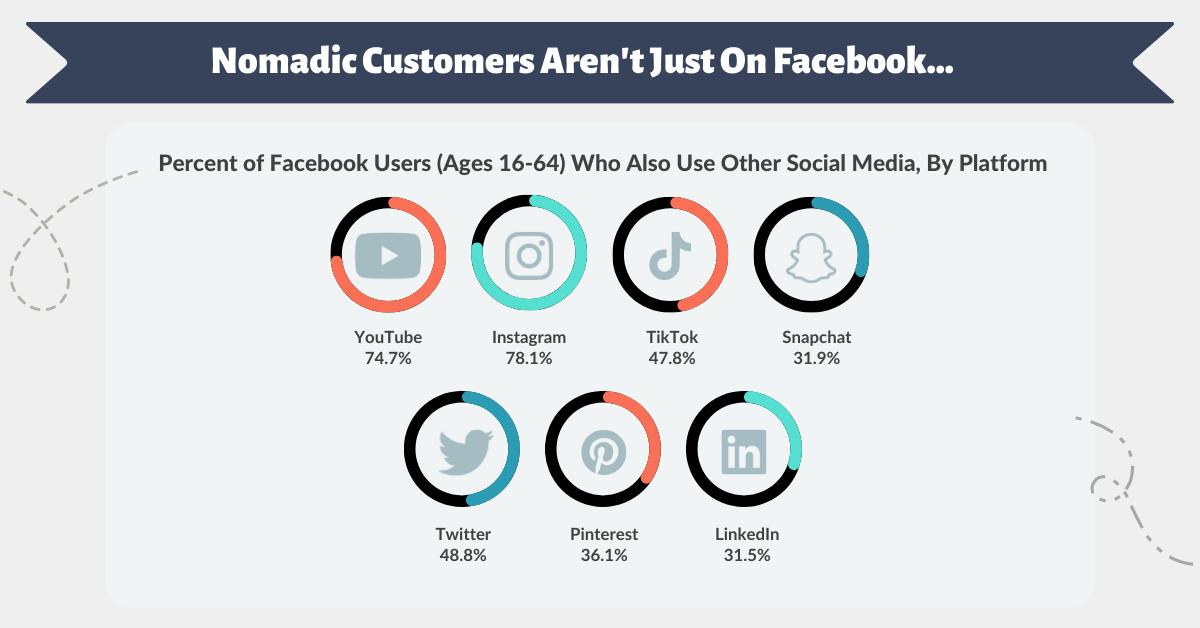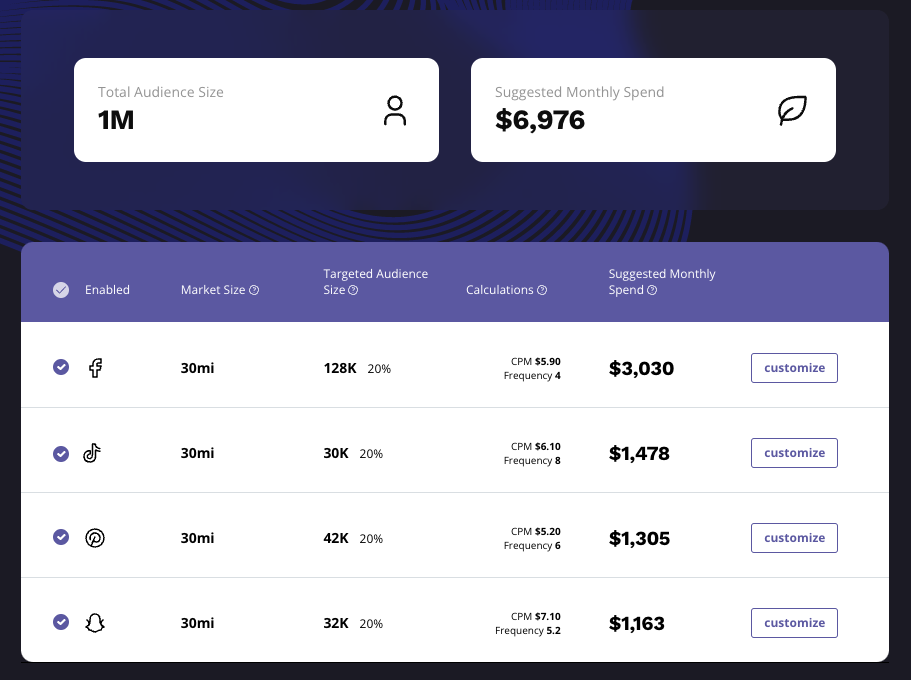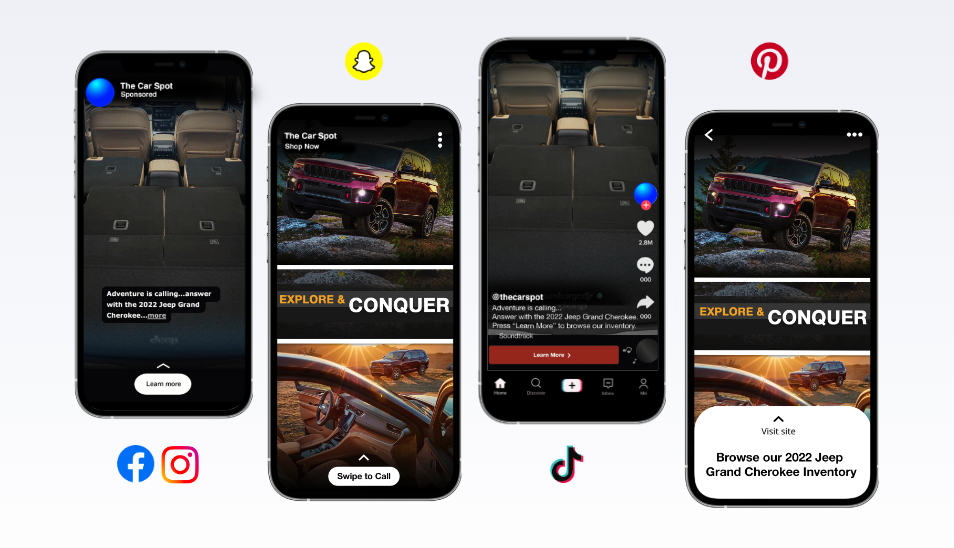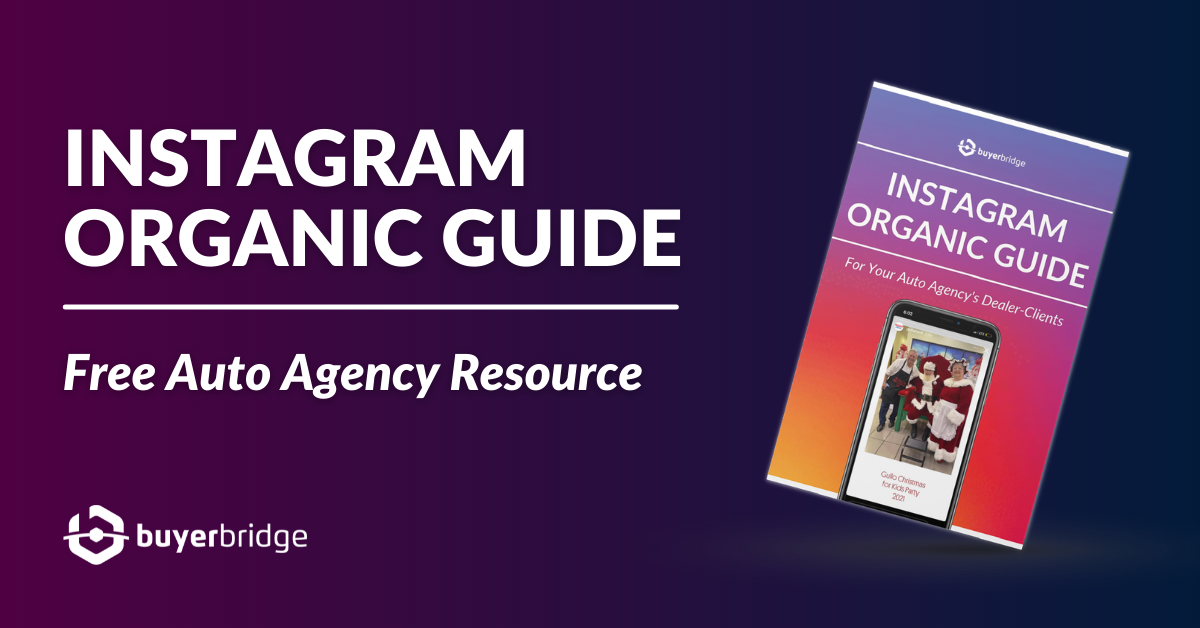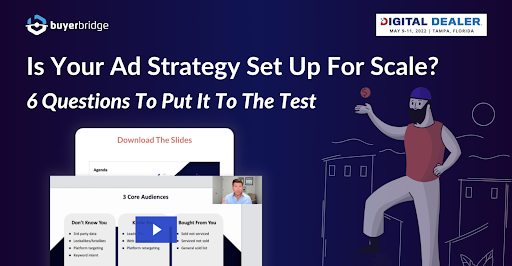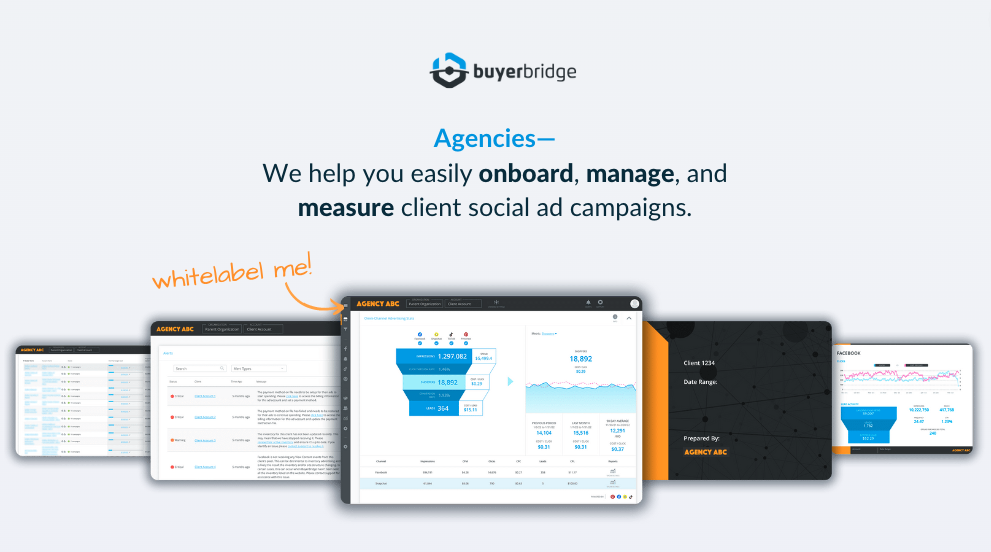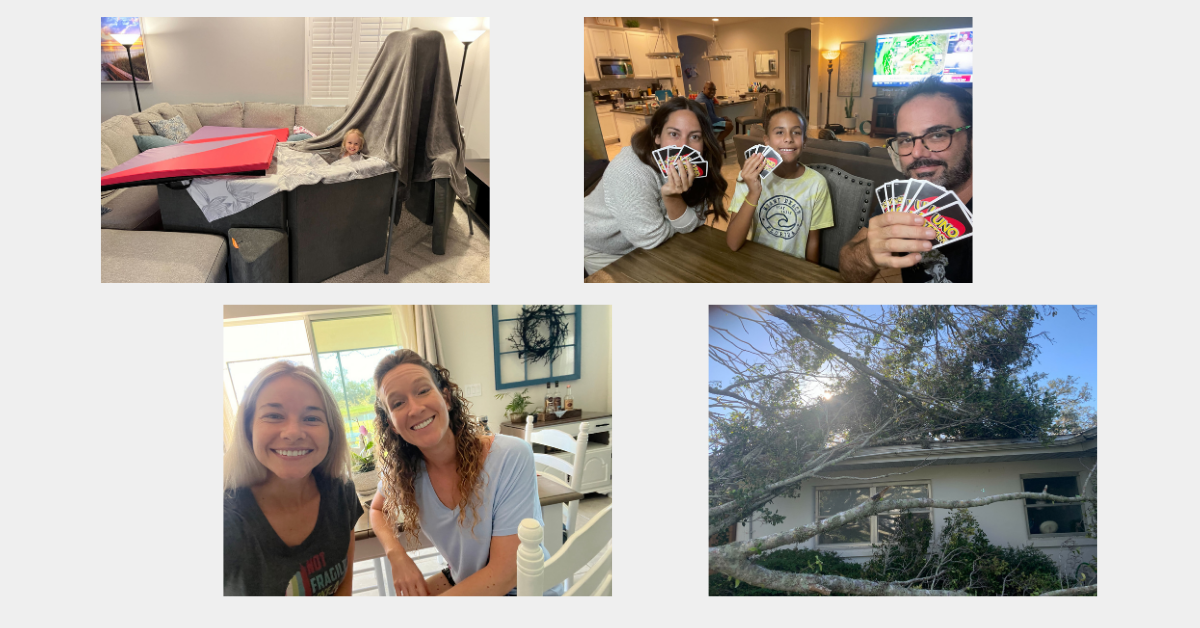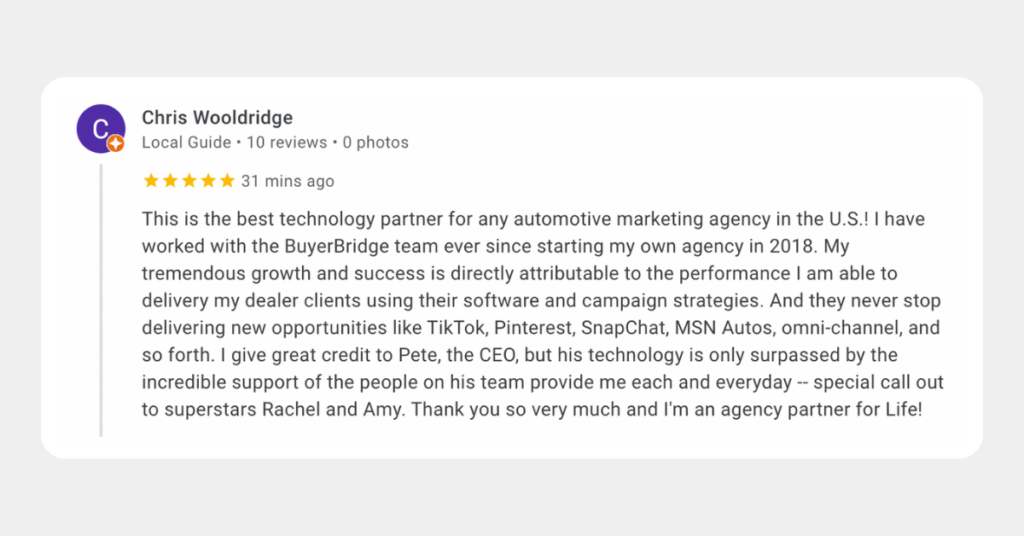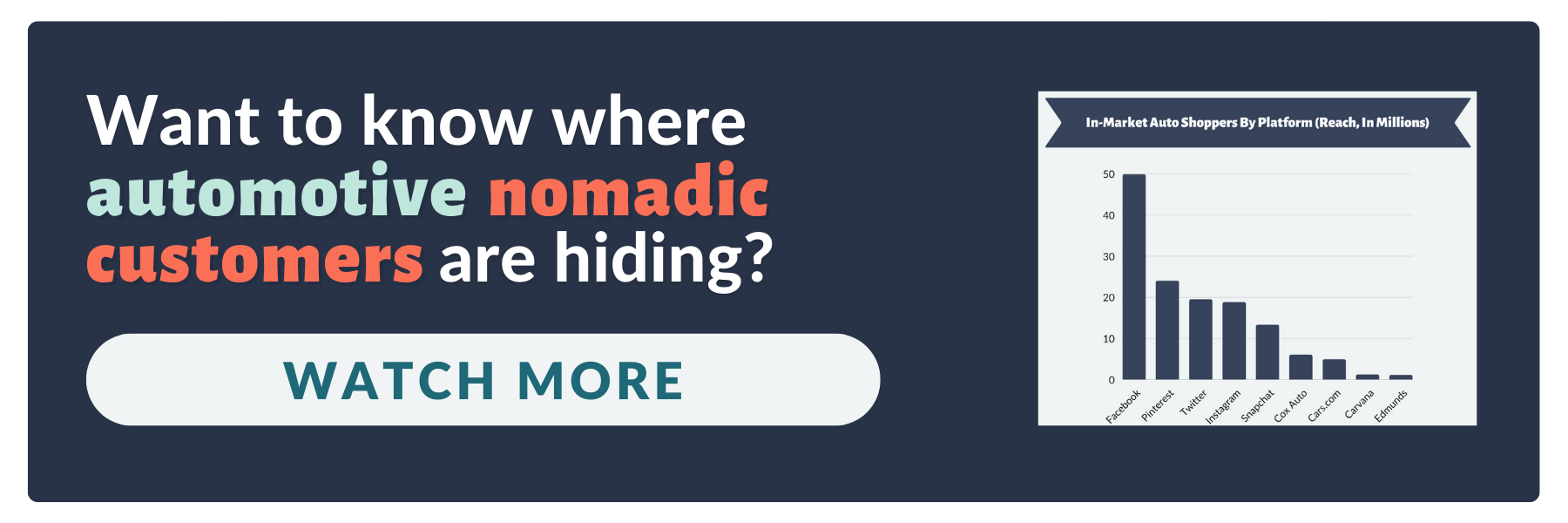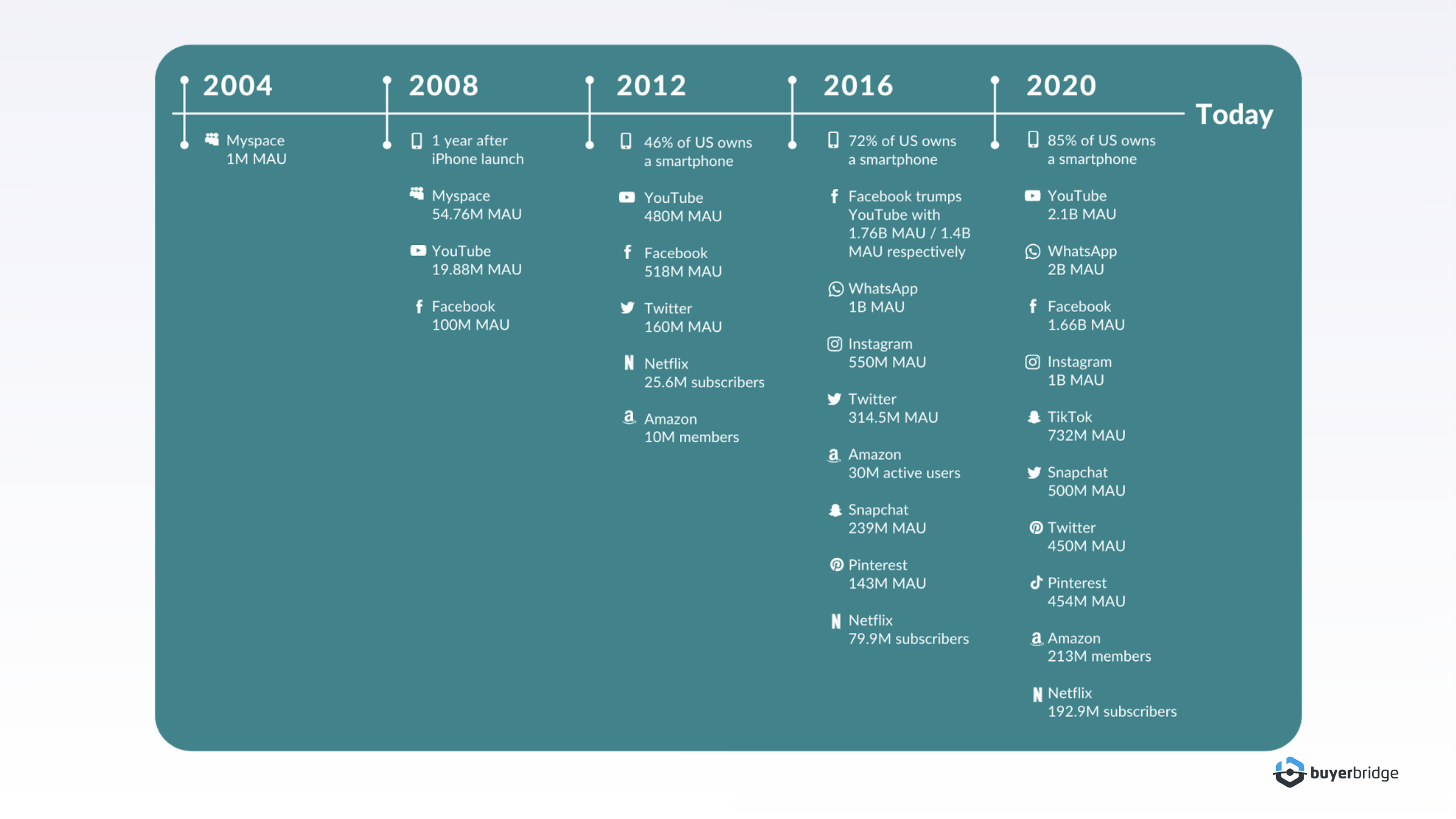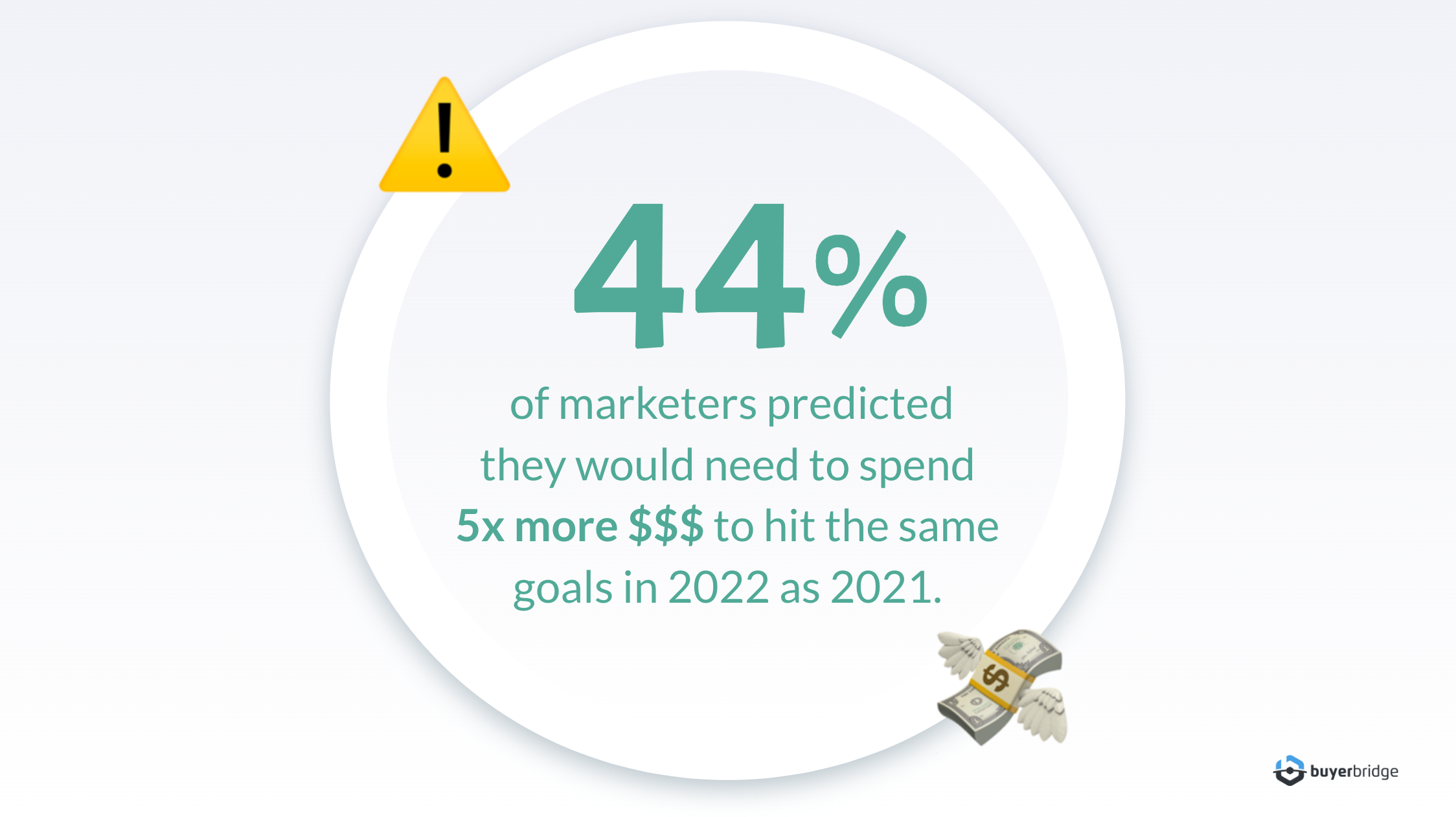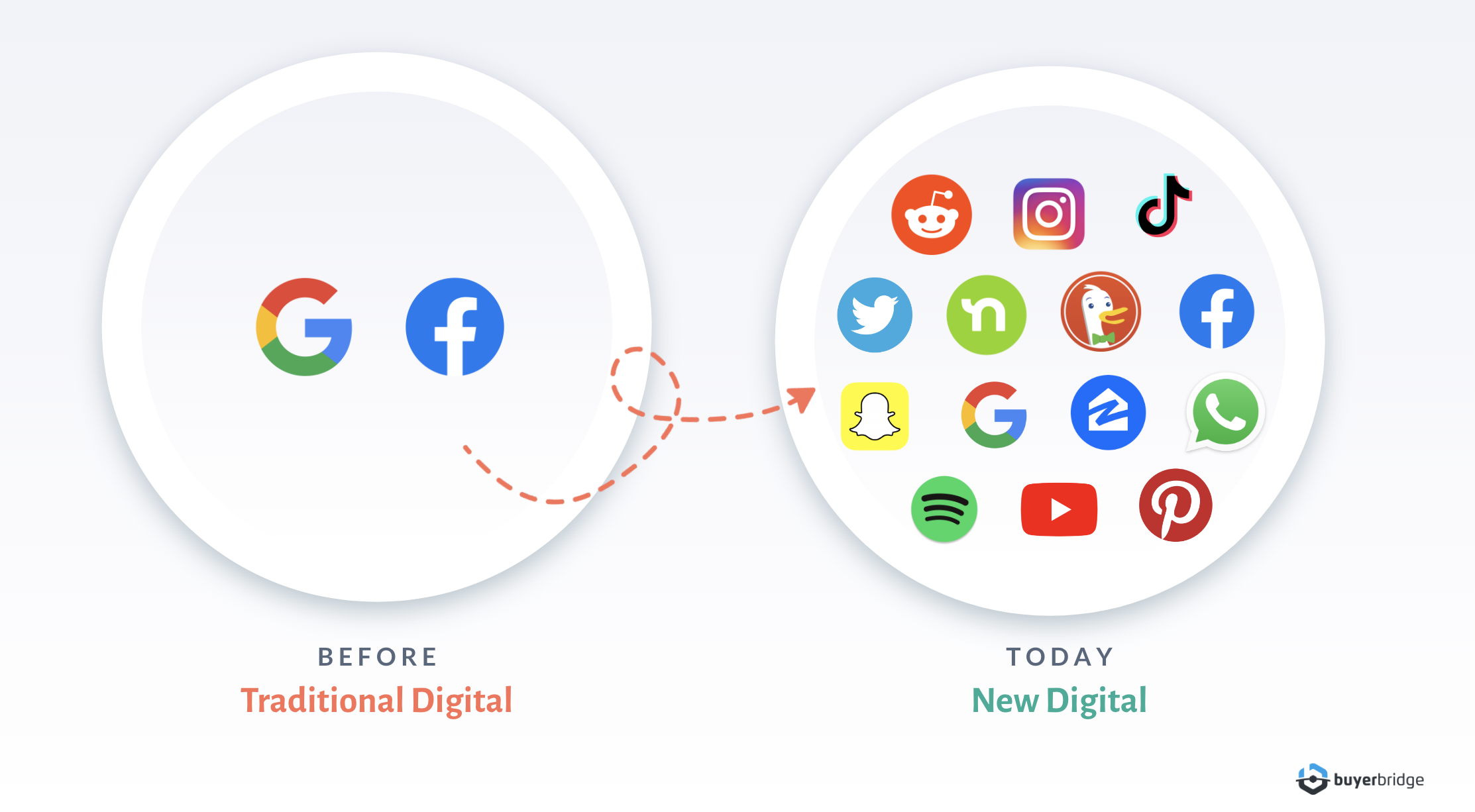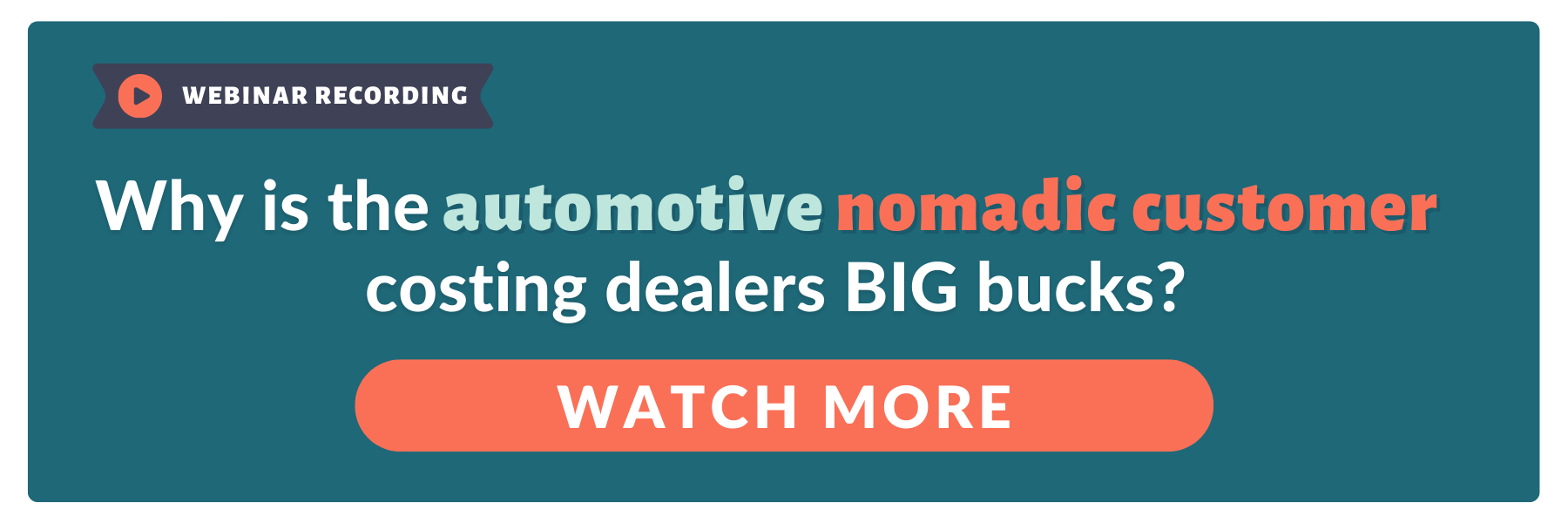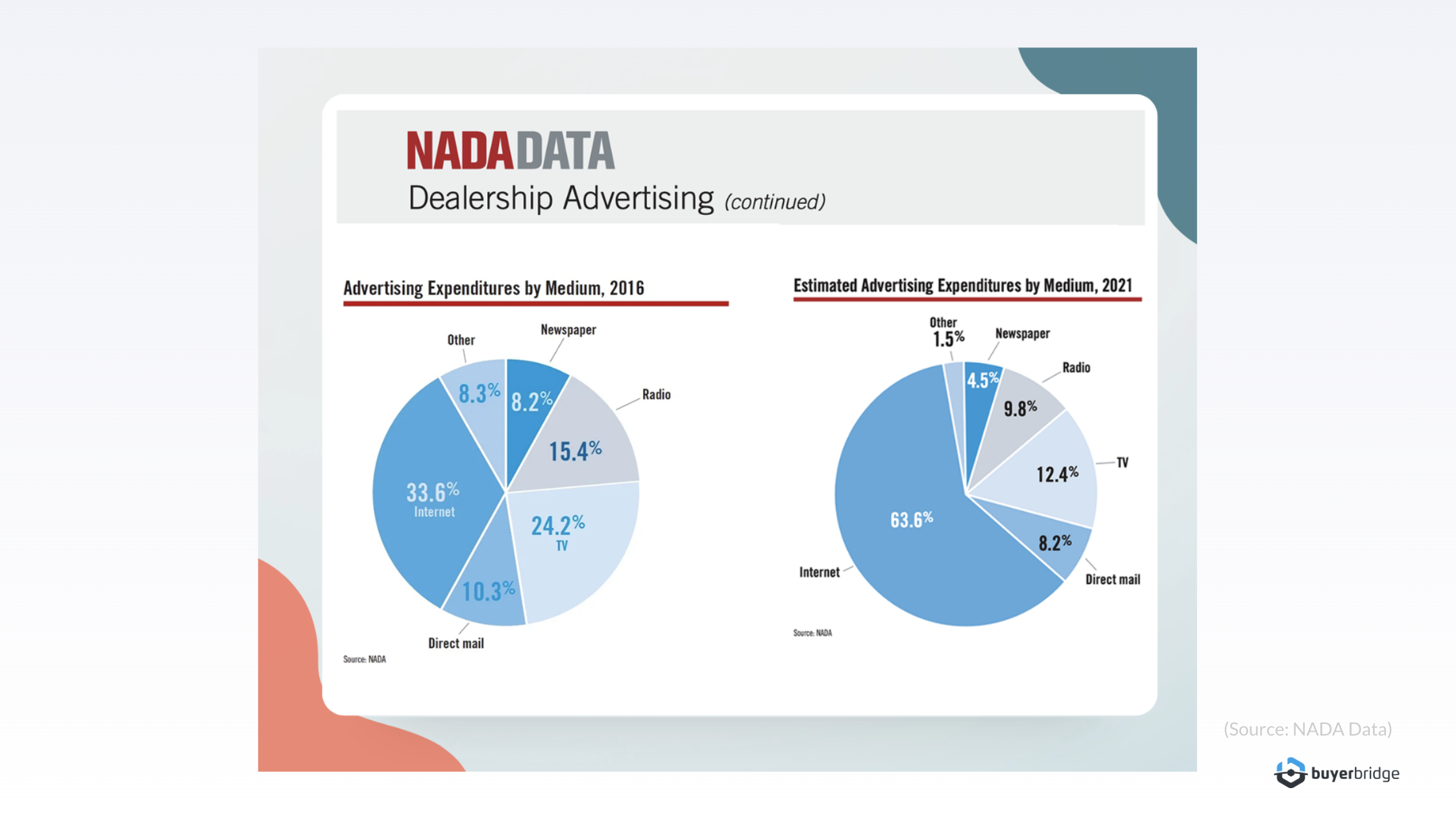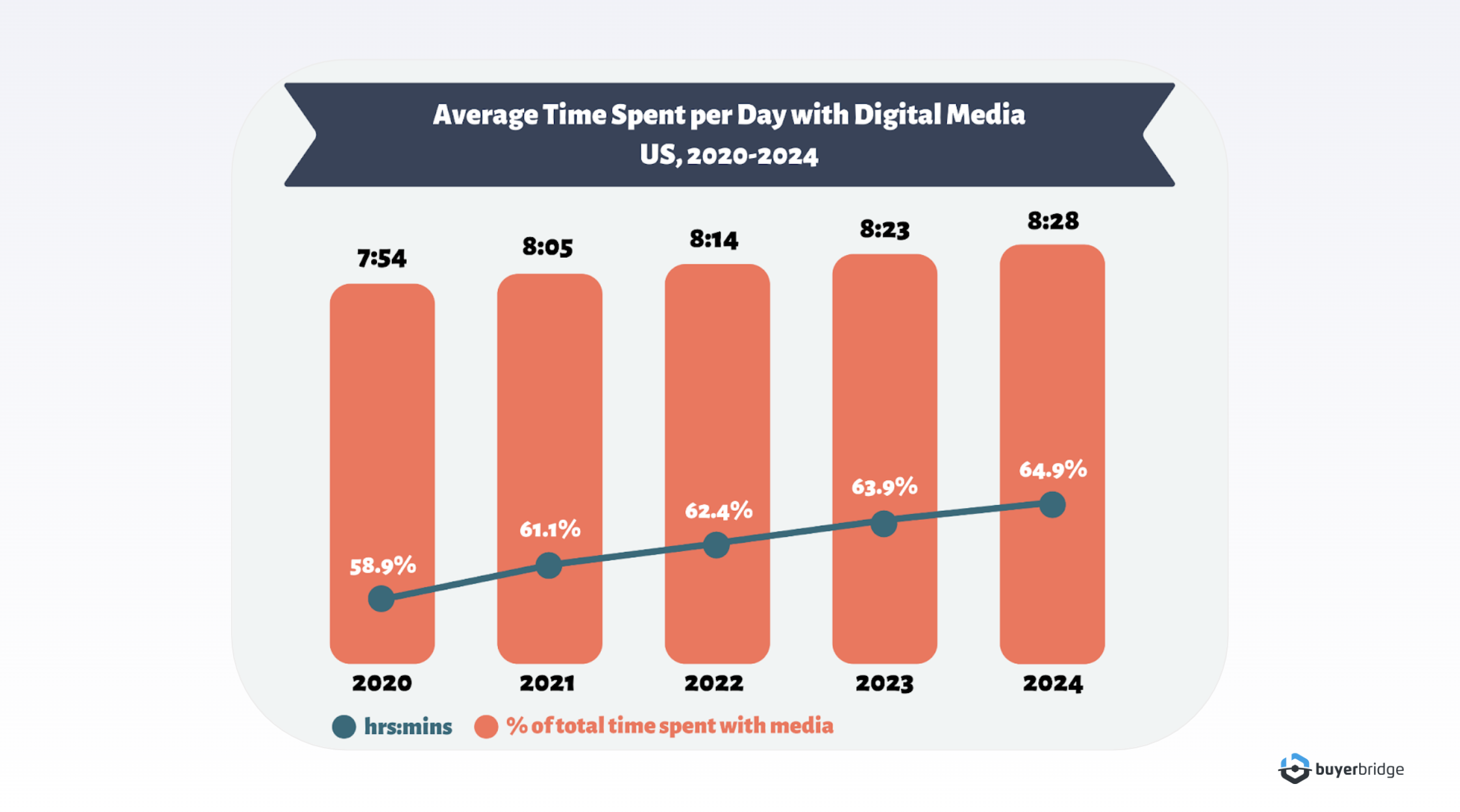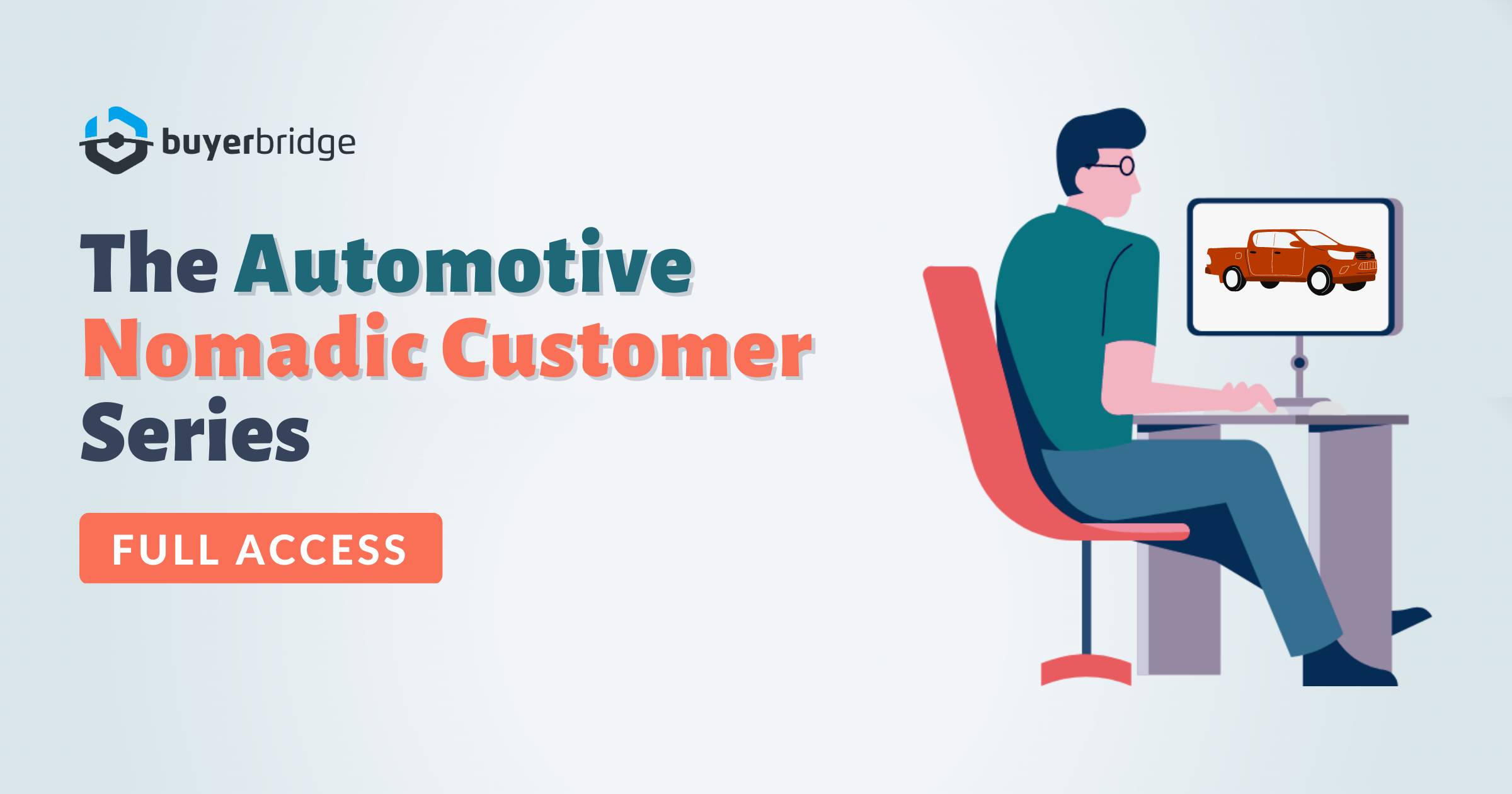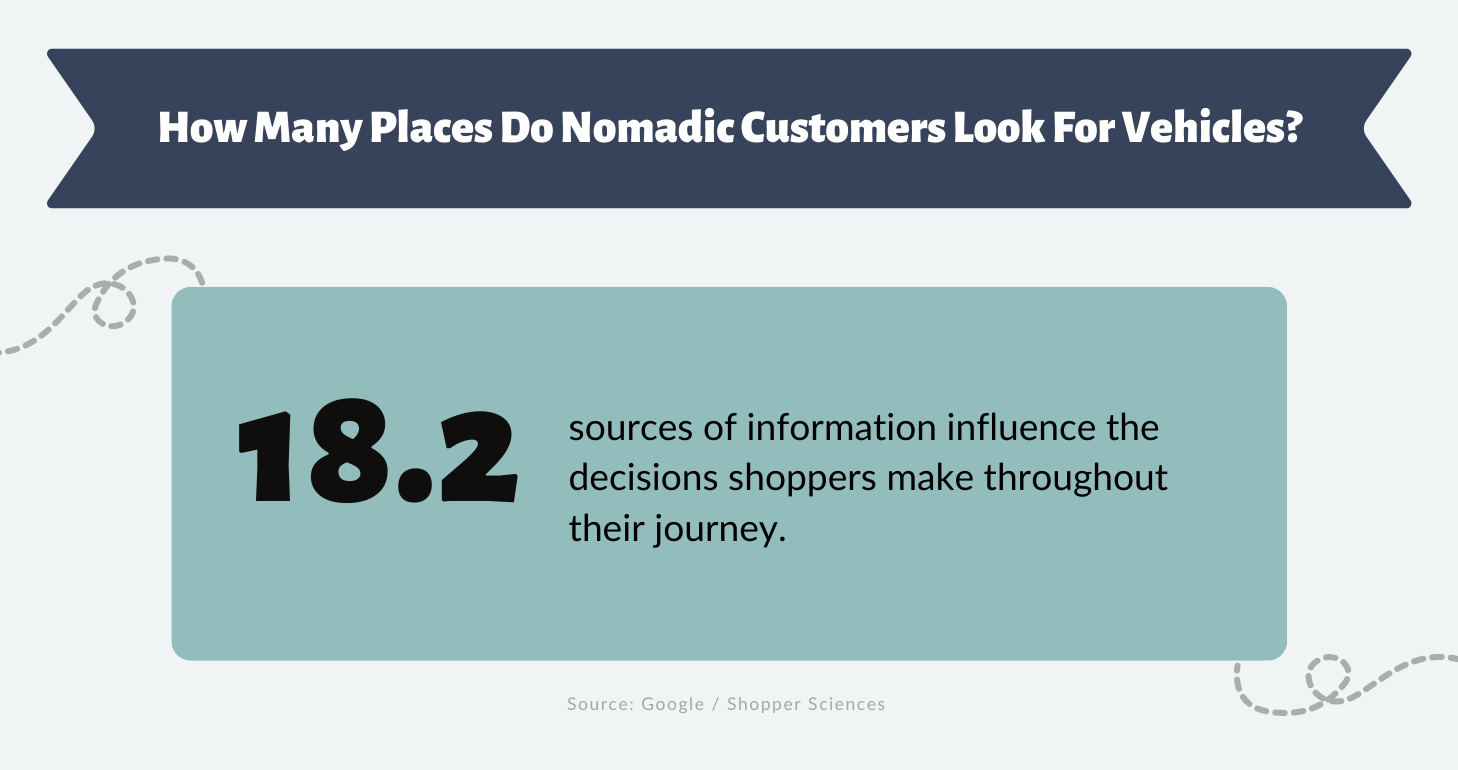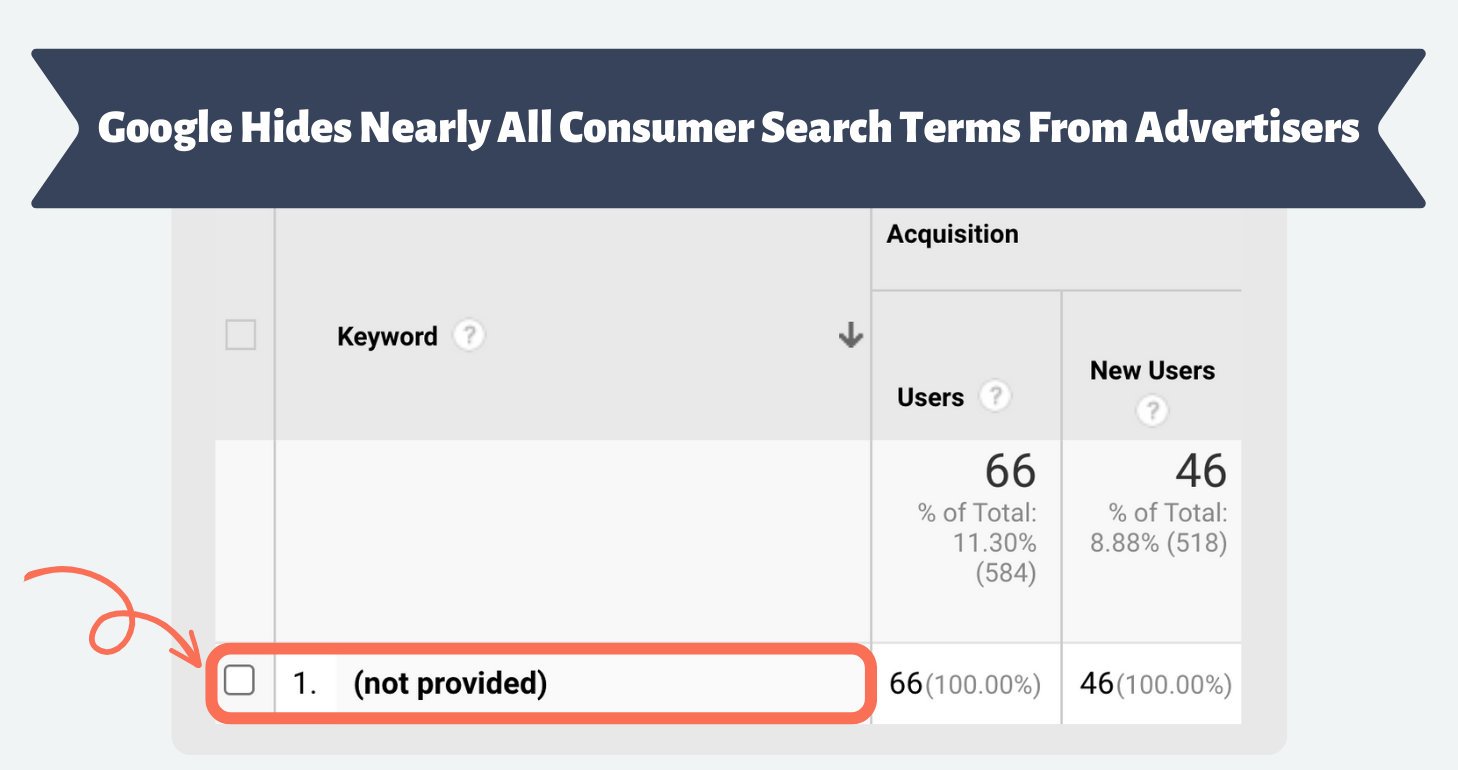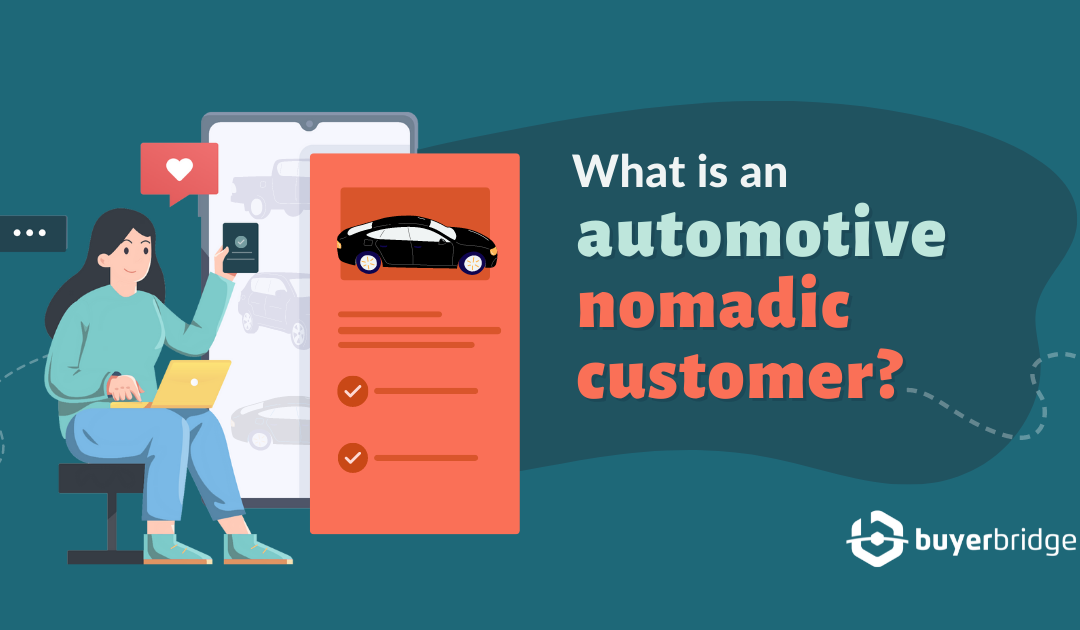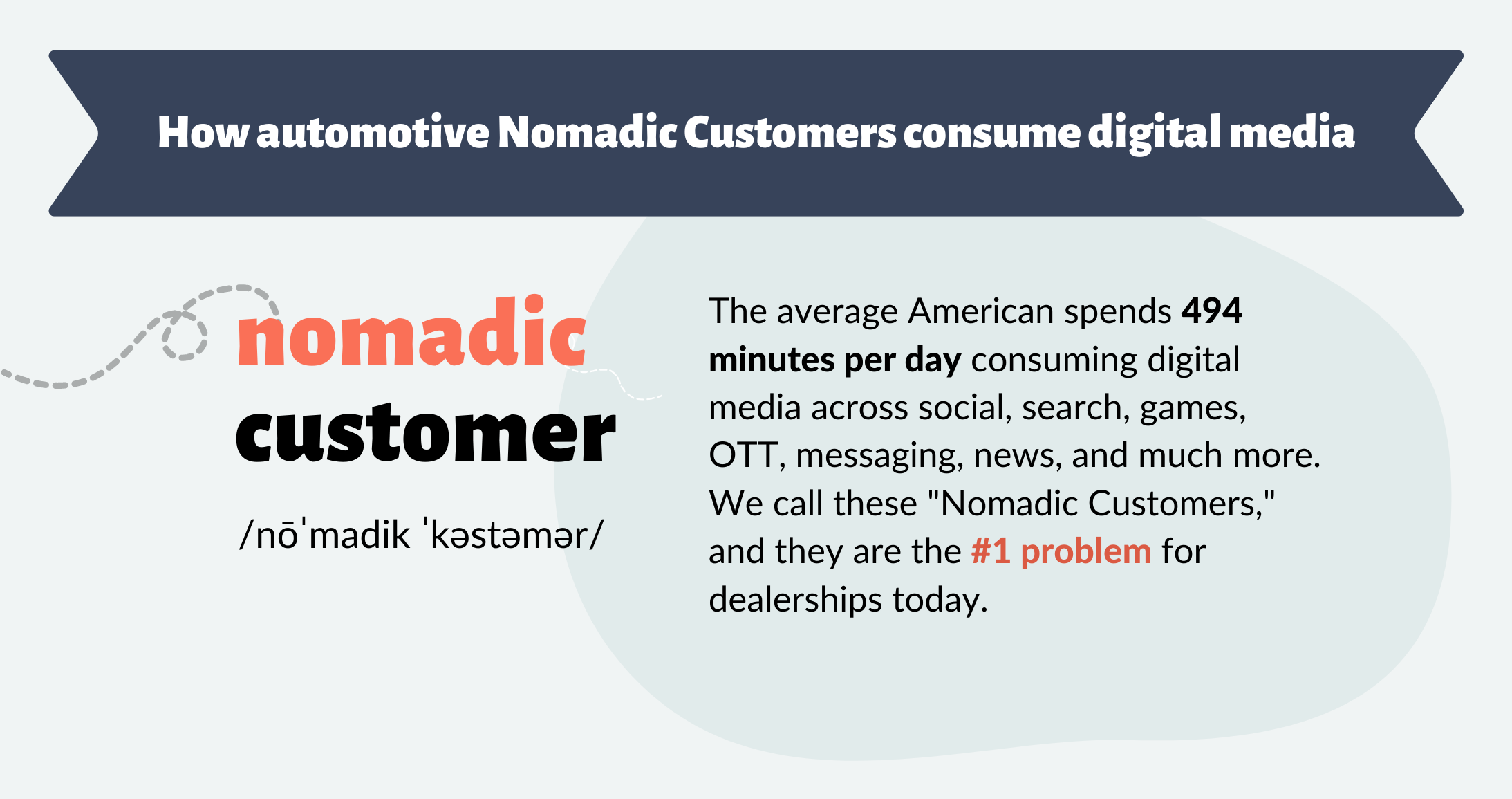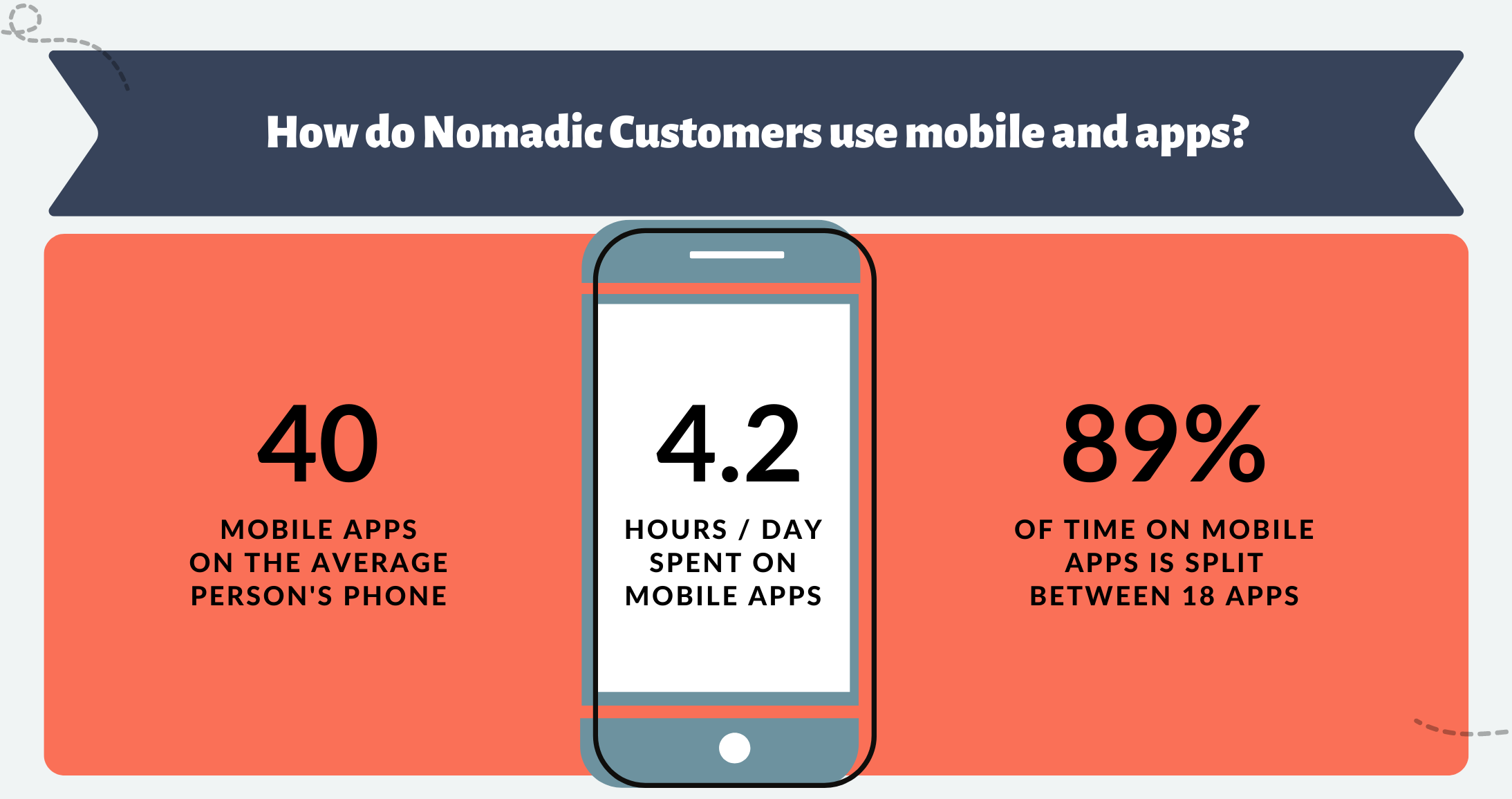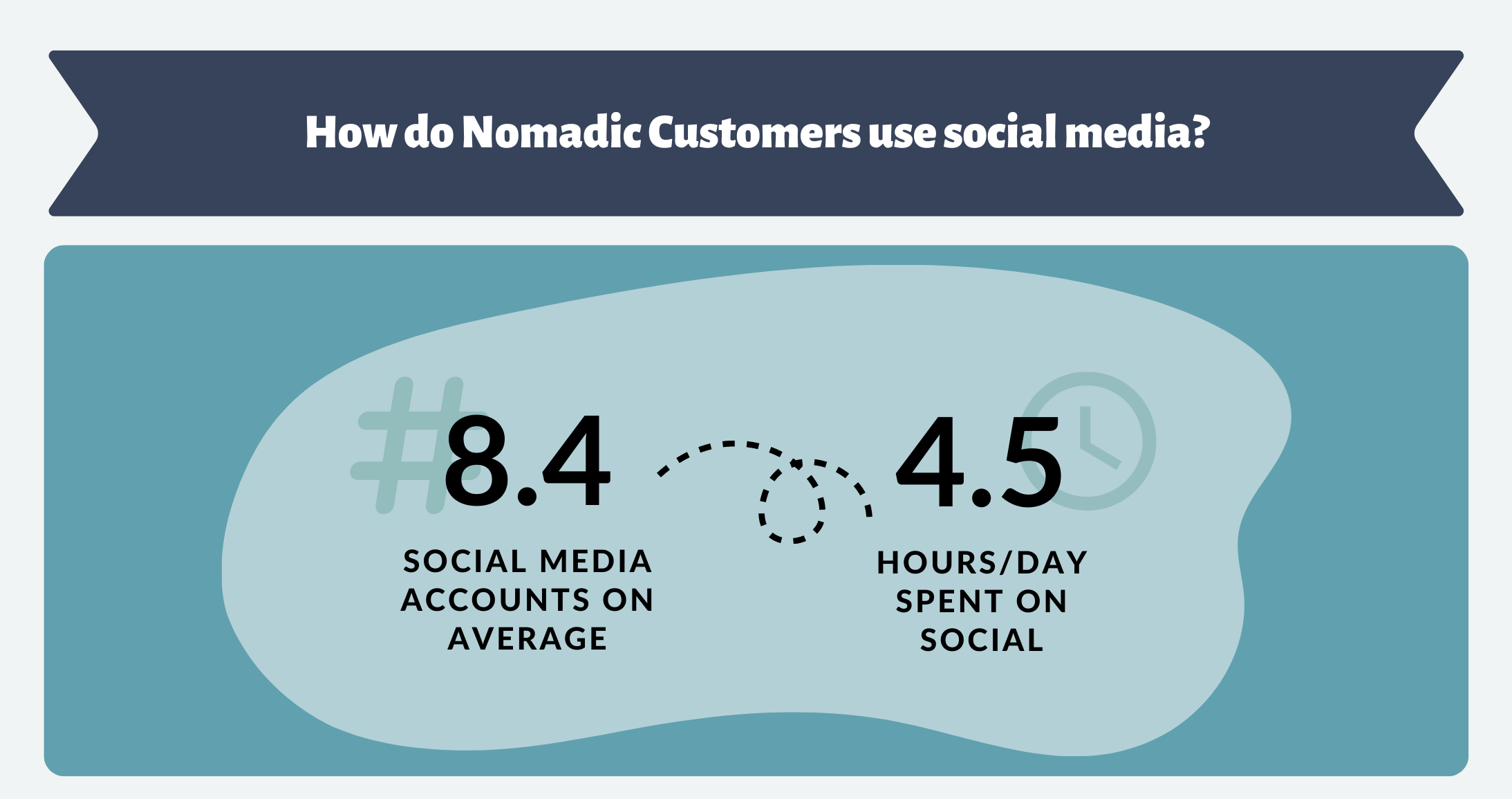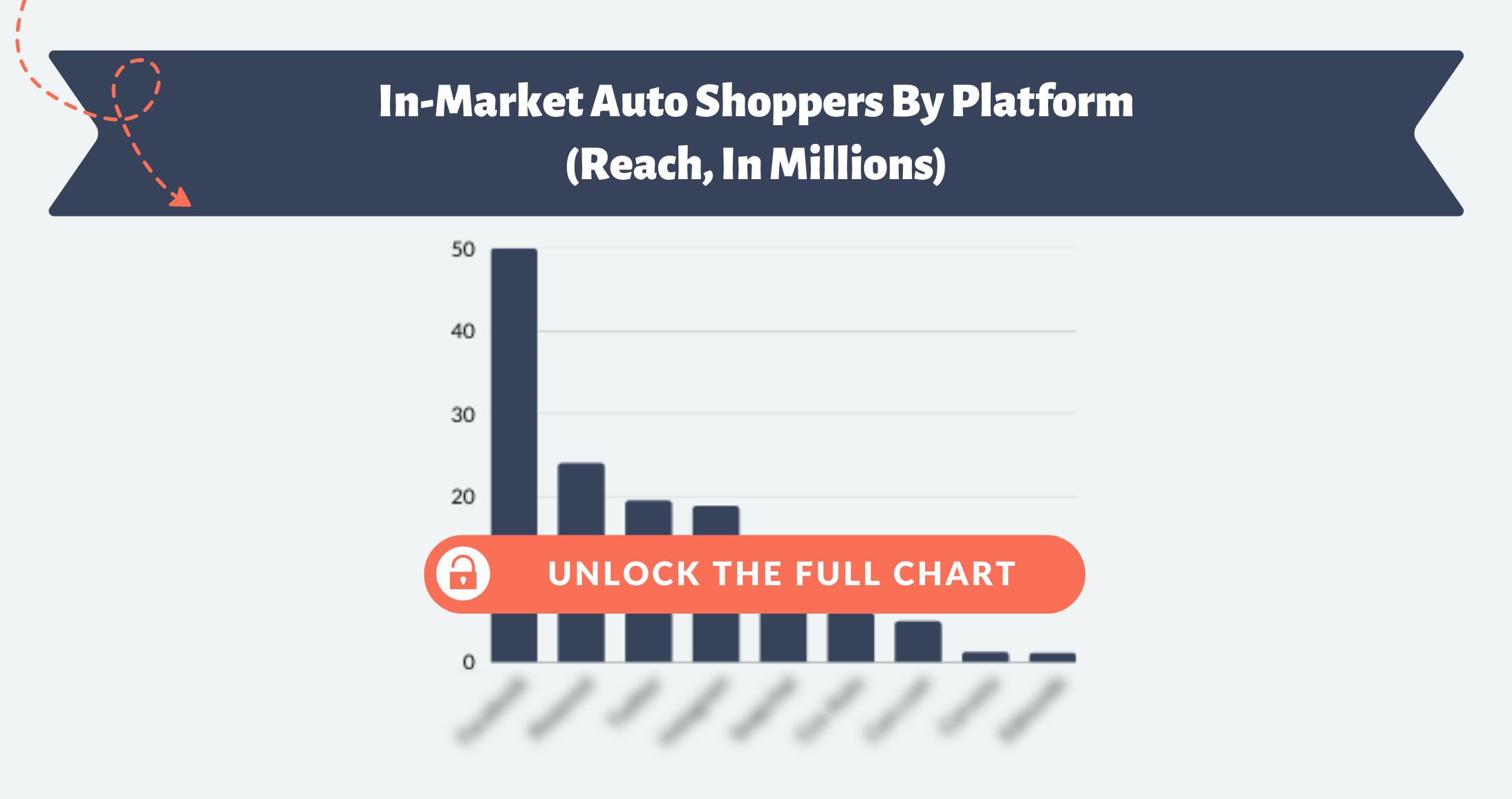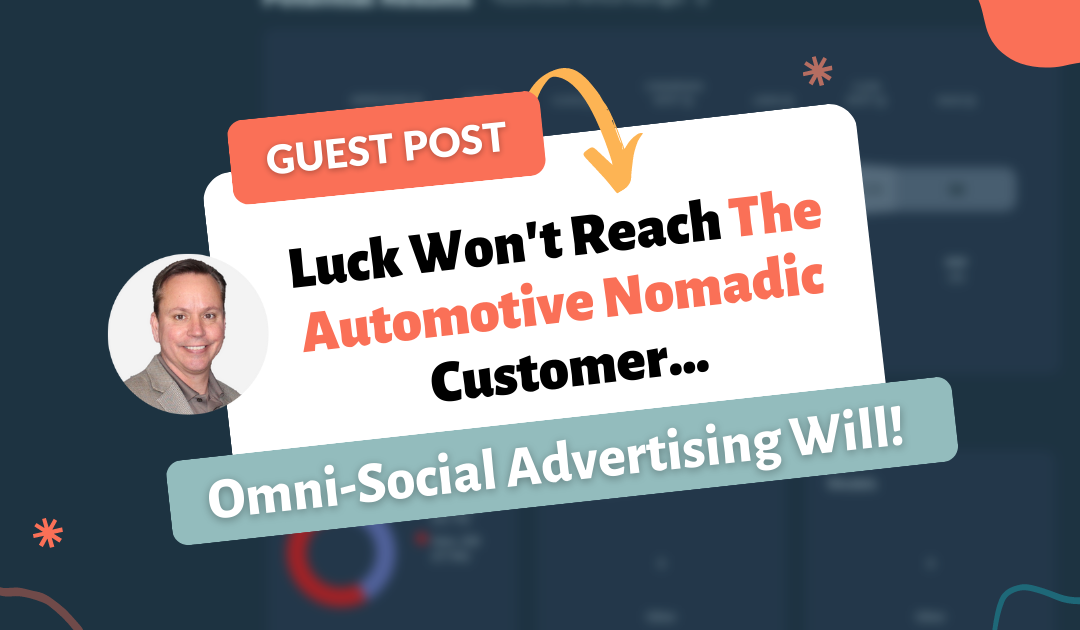
Luck Won’t Reach The Automotive Nomadic Customer…Omni-Social Advertising Will!
Surely, if you’re a dealer or agency looking for marketing success in 2023 and beyond, you’ve got the Automotive Nomadic Customer on your radar, right? If not, catch up here.
In the past, we didn’t need to worry about the Automotive Nomadic Customer. Anyone who wanted to reach auto shoppers only had to cast a very wide net on Facebook and Instagram, and watch the leads roll in. With just 2 channels, auto marketers could reliably deliver their messages to nearly all social media shoppers.
In other words, luck was on our side.
Today, those who understand the Automotive Nomadic Customer will hold the advantage over those who continue their costly spray & pray advertising strategies.
If your goal is to dominate your market and capture more than your share of the Automotive Nomadic Customers, luck won’t cut it anymore.
Instead, you’ll need an omni-social strategy backed by data.
Omni-Social?
The demographics of your target buyers are changing.
Millennials, for example, now make up the plurality of vehicle buyers. And guess what? They’re not all on Facebook. They’re not all on Instagram…or Snapchat or Pinterest or TikTok either.
They’re scattered everywhere; and the only way to reach them is with a true omni-social strategy – one that gets your ads, offers, and inventory in front of virtually every vehicle buyer in your market – to ensure you’re gaining share in a challenging market.
Most dealers love Facebook and Instagram’s targeting capabilities, but you should be aware that without a true omni-social strategy, many automotive intenders in your market will never put you in their consideration set when it comes time to purchase.
Why?
Because you missed them on the 6 other apps they’re using outside of Meta.
And if you’re not on the majority of these platforms with a real brand presence, engagement, steady frequency, and — yes, ads —you aren’t reaching shoppers throughout the entire customer journey, which began around 90 days ago.
That is, unless you’re employing a true and targeted, omni-social strategy.
Okay, I Get I Need To Go “Omni-Social,” But Now What?
Well, it’s pretty simple. You first have to answer these 2 questions:
- How many shoppers can you reach and on which platforms?
- How much money do you need to spend to reach these shoppers on those platforms?
Before you start throwing money at the growing problem of a softening market, it’s important to understand the omni-social opportunities in your own market / DMA.
To answer all of the above, simply use the free MarketAnalyzer created by the team at BuyerBridge. It’s a super-simple tool to help you and your team get a handle on just where the Automotive Nomadic Customer is hiding online.
As you use the tool, you can adjust the overall radius to where you feel your marketing will be most effective – this allows you to see your target audience and channel opportunities in real time.
Additionally, you can resize your target market individually for each social channel including Facebook, Instagram, Pinterest, Snapchat, and TikTok.
(For example, if you don’t want to advertise on Snapchat, just remove it from your report.)
What About Budget?
As with the rest of your marketing spend, there is no one-size-fits-all budgeting strategy when it comes to omni-social marketing.
Every brand and every market are a little different. Therefore, just because a Honda dealer in Dallas determines that dedicating 1/3 of their overall digital budget to omni-social delivers an effective ROI, doesn’t mean that’s the correct mix for you.
Fortunately, by using the MarketAnalyzer you’ll be able to dial-in a reliable omni-social budget starting point. Moreover, because you can adjust your target area by social channel, you’ll quickly learn where the Automotive Nomadic Customers in your market are located and how much it’s going to cost to get your ads, offers, and inventory in front of them.
The only question that remains is do you want to dominate your market in 2023 and beyond by going all-in on a true omni-social marketing strategy?
…or do you want to continue costly spray and pray advertising with the hope you’ll capture your share of the Automotive Nomadic Customers?
Check out the MarketAnalyzer now and start reaching the Automotive Nomadic Customer today.
Quickly calculate suggested ad spend, ROAI, and audience size across social media.
Unlock Our Free MarketAnalyzer Tool to identify how to maximize any dealer’s target audience + advertising budget across the most popular platforms today.
